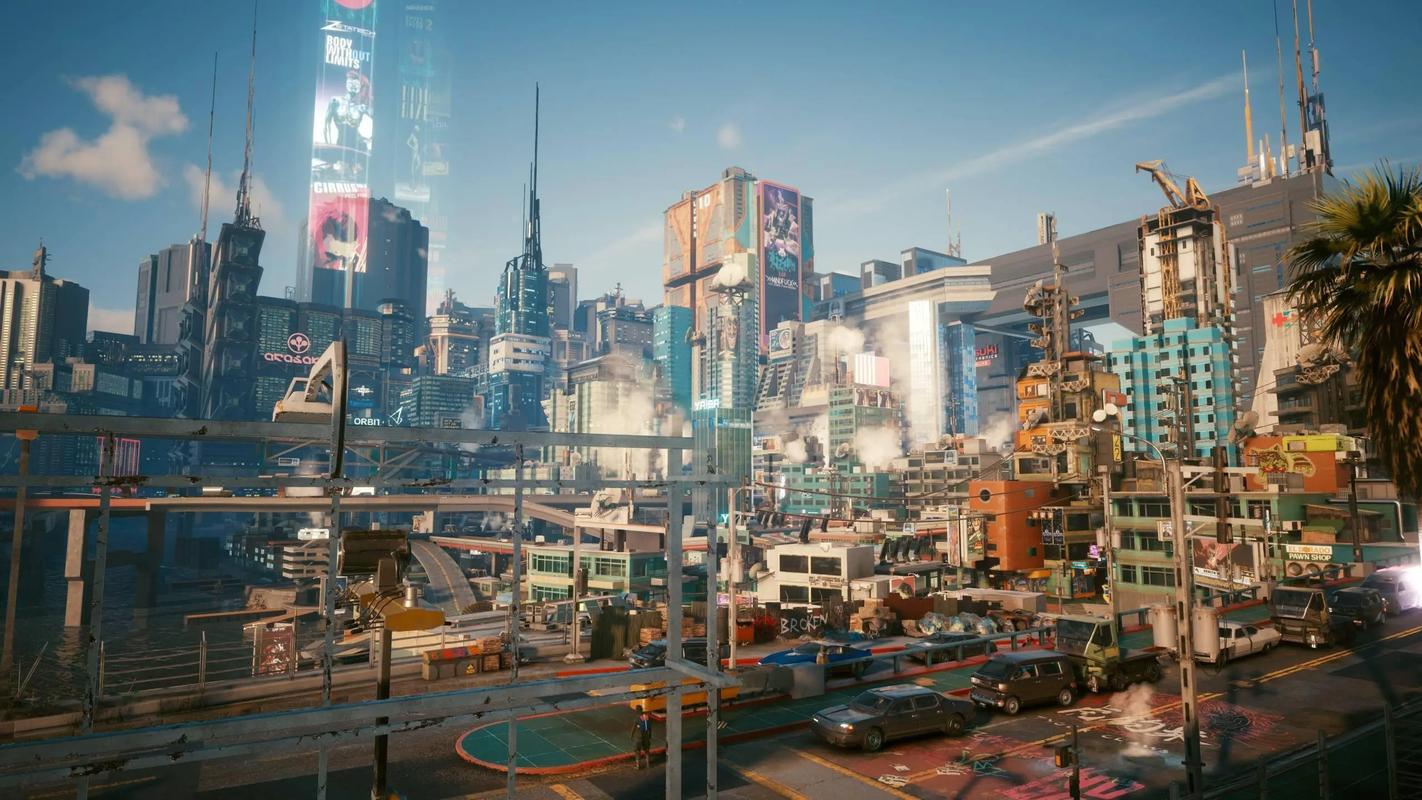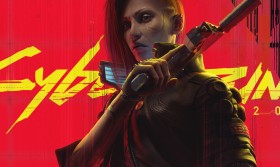Of all the legendary titles to emerge from the golden age of arcade racing, few have managed to capture the pure, unadulterated joy of the genre quite like Burnout Paradise. When Criterion Games unleashed it upon the world in 2008, it wasn’t just a game; it was a declaration. It threw out the rigid rulebook of circuit-based progression, the sterile showroom polish of simulation, and the punishing consequences of failure. In its place, it offered a sun-drenched, open-world playground built on a single, glorious principle: go fast, and look cool doing it. Burnout Paradise Remastered is not merely a visual upgrade; it is the definitive preservation of that declaration, a meticulously polished time capsule that argues, convincingly, that this particular brand of automotive anarchy remains utterly peerless.
The core thesis of Paradise was, and is, revolutionary in its simplicity. From the moment your license is dropped into the sprawling, diverse metropolis of Paradise City, the entire world is your race track. The game’s genius lies in its complete abdication of traditional structure. There are no menus to navigate to select events. Instead, you simply pull up to any of the hundreds of traffic lights scattered across the city’s intricate web of intersections. A quick rev of the engine, and you’re off—launched into a Race, a Marked Man, a Road Rage, or a Stunt Run. This seamless integration of action and exploration was a masterstroke. It fostered a sense of continuous, uninterrupted play that few open-world games have achieved since. The city itself becomes a character, a labyrinth of shortcuts, hidden alleys, and breathtaking jumps that you learn not from a map, but from muscle memory and daring experimentation.
This freedom is the bedrock upon which the game’s legendary gameplay is built. The Burnout series had always been about risk versus reward, and Paradise perfected this dance. The "Boost" is not just a mechanic; it is the game’s lifeblood, its rhythm. You earn it not by following a racing line, but by driving like a maniac—drafting behind rivals, slipping into oncoming traffic with inches to spare, and, most iconically, executing devastating Takedowns. The shatter of glass, the crumple of metal, the triumphant symphony of a well-timed shunt that sends an opponent careening into a wall—these are the game’s dopamine hits. They are the rewards for audacity. The driving model is a perfect arcade abstraction: weighty enough to feel impactful, yet loose and forgiving enough to encourage constant, outrageous heroics. Drifting around a mountain curve at 180 mph, weaving through dense downtown traffic, or launching off the iconic quarry jump for a multi-barrel roll isn’t just a means to an end; it is the end itself. It is the point.
Burnout Paradise Remastered’s most significant contribution is taking this flawless core and presenting it in its ultimate form. The "Remastered" label does it a slight disservice, as this is more than a simple resolution bump. The visual upgrade is substantial: the once-muddy textures are now crisp and detailed, the iconic blue sky pops with HDR brilliance, and the 60 frames-per-second gameplay on modern consoles is nothing short of transformative. The buttery-smooth framerate is the secret weapon, elevating the already-perfect sense of speed and impact to near-physical levels. The complete inclusion of all eight main DLC packs, from the game-changing Big Surf Island to the multitude of additional cars and bikes, means this is the most complete Paradise experience ever assembled. Big Surf Island alone is a masterclass in condensed level design, a riot of ramps, half-pipes, and chaos that serves as the ultimate playground to test your skills.
Yet, for all its technical polish, the true magic of the remaster lies in how perfectly the experience has aged. In an era dominated by live-service games vying for your endless engagement with battle passes and daily chores, Paradise stands as a monument to pure, un-manipulated fun. Its progression is tangible and rewarding—you earn new cars by wrecking their showroom versions in the world, a brilliantly tactile feedback loop. There is no obtrusive monetization, no cynical grind. The game respects your time and intelligence, offering a colossal checklist of things to do—from smashing every Billboard and Super Jump to finding and "jumping" the elusive hidden smash gates—simply for the joy of accomplishment. The soundtrack, a timeless mix of Guns N' Roses, Avril Lavigne, and Faith No More, remains an iconic time capsule that perfectly scores the mayhem.

The legacy of Burnout Paradise is etched into the DNA of modern racing. You can see its influence in the open-world freedom of Forza Horizon, the crash-centric gameplay of Wreckfest, and the sheer spectacle of games that prioritize fun over realism. But what Remastered proves is that while many have been inspired, none have truly replicated its specific alchemy. It is a game completely confident in its own identity, a perfect storm of seamless design, exhilarating mechanics, and an irresistibly optimistic tone.
Burnout Paradise Remastered is more than a nostalgic trip; it is a living, breathing argument for a specific type of video game. It is a testament to the idea that the best worlds are not those filled with the most realistic grass textures or the most complex narratives, but those that offer the most compelling playgrounds. It is a score-settling, barrel-rolling, traffic-dodging masterpiece that, over a decade later, still has the power to make you forget the world outside for just one more race, one more jump, one more glorious, explosive takedown. Its legacy is not just in the memories it conjures, but in the undeniable, timeless truth it presents: in Paradise City, the fun is always permanent.
















